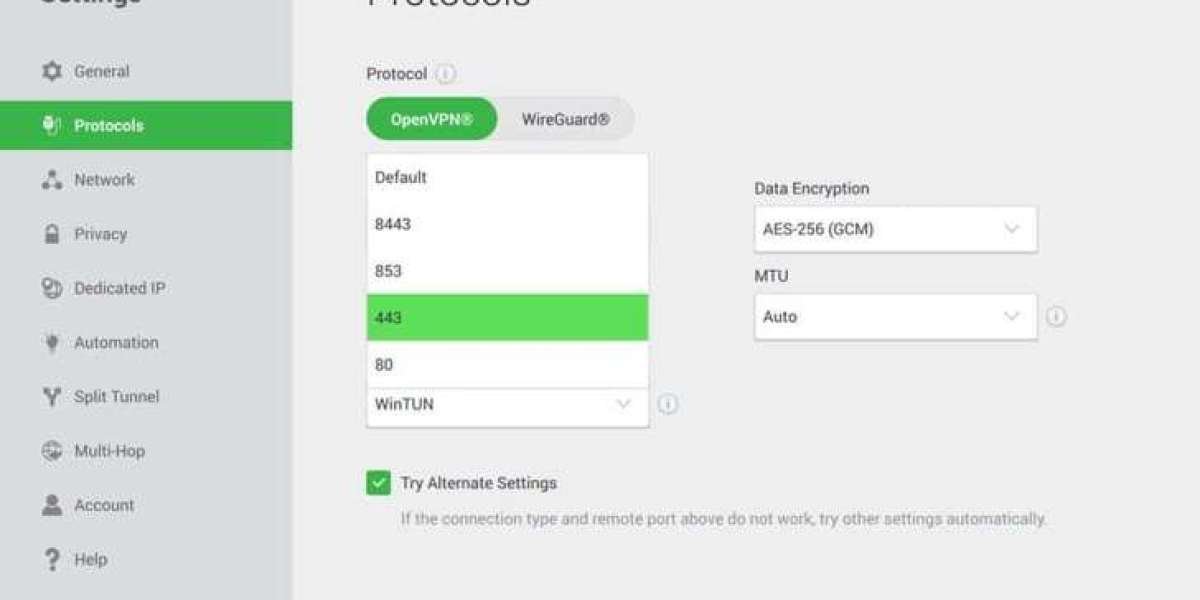Oil mist detection is one of the most critical safety requirements in today’s marine engineering environment. With high-power engines running continuously under harsh conditions, the risk of hidden mechanical failure is always present. One of the earliest indicators of such failures is the formation of oil mist—a hazardous aerosol that can ignite inside the crankcase.
This is why modern vessels depend on reliable and highly accurate Oil Mist Detection systems such as the Graviner/Kidde OMD. Engineered for precision and durability, this system plays a vital role in maintaining operational safety, preventing crankcase explosions, and ensuring compliance with global maritime regulations. Supported globally by RMS Marine Service, the Graviner/Kidde OMD remains one of the most widely trusted oil mist detection solutions across the maritime industry.
This comprehensive marine engineering guide explains how the system works, why it is essential, and what makes it superior to other solutions.
1. What Is Oil Mist and Why Is It Dangerous?
Oil mist is formed when lubricating oil evaporates due to excessive heat inside the engine. Common causes include:
Bearing overheating
Friction between moving parts
Lubrication failure
Hot surfaces in the crankcase
Metal-to-metal contact
Once oil droplets reach a concentration known as the Lower Explosive Limit (LEL), the mixture becomes explosive. Any ignition source—such as a hot spot or spark—can cause a crankcase explosion, one of the most dangerous accidents in marine engineering.
Consequences include:
Total engine damage
Crew injuries
Fire and smoke hazards
Vessel downtime
Expensive repairs and investigations
The Graviner/Kidde OMD system prevents these incidents by providing continuous surveillance and immediate alarms.
2. How the Graviner/Kidde OMD System Works
The Graviner/Kidde OMD uses a sophisticated sensing system to detect oil mist concentration inside the engine’s crankcase. The core components include:
a. Sampling Tubes
Air samples are continuously drawn from different engine spaces or cylinders.
b. Optical Detection Cell
This is the heart of the system. Using light obscuration or scattering technology, the detector measures oil mist density with high accuracy.
c. Multi-Channel Monitoring
Multiple channels allow independent monitoring of each cylinder section. This ensures precise fault location.
d. Control Unit
The central processor evaluates sensor readings, sets alarm thresholds, and communicates with the monitoring panel.
e. Alarm Panel
Engineers receive real-time visual and audio alerts, allowing immediate corrective action.
f. Auto-Shutdown Integration
The system can be linked with the engine’s safety shutdown mechanism to prevent damage automatically.
This architecture ensures early detection, fast response, and maximum safety.
3. Features That Make the Graviner/Kidde OMD a Marine Industry Favorite
1. Highly Accurate Oil Mist Detection
The optical sensor technology allows the system to detect extremely low concentrations of oil mist long before reaching dangerous levels.
2. Fast Response Time
The detector reacts instantly to sudden increases in mist density—critical for preventing thermal runaway incidents.
3. Multi-Cylinder Monitoring
Each cylinder space is monitored individually, allowing engineers to identify exactly where issues are developing.
4. Strong Resistance to Engine Room Conditions
Its robust design ensures stable performance under:
High heat
Heavy vibration
Dirty or oily air
Humid environments
5. Low Maintenance Requirements
Supported by genuine parts from RMS Marine Service, the system remains cost-effective throughout its operational life.
6. Automatic Fault and Alarm Logging
This assists in troubleshooting and supports compliance during inspections.
4. Why Oil Mist Detection Is Mandatory in Modern Marine Engineering
Regulatory bodies such as IMO, SOLAS, and major classification societies require oil mist detection systems on large marine engines.
The Graviner/Kidde OMD ensures compliance with:
IMO SOLAS Chapter II-1
Engine manufacturer requirements
Class society rules (ABS, DNV, BV, LR, etc.)
Failure to comply can result in:
Vessel detention
Insurance problems
Operational restrictions
Heavy fines
Increased risk of accidents
Installing a system like the Graviner/Kidde OMD is not optional—it is a fundamental requirement for safe marine operations.
5. Early Fault Detection and Predictive Maintenance
Beyond explosion prevention, the Graviner/Kidde OMD provides vital insights into developing engine conditions. It helps identify early symptoms of:
Bearing wear
Lubrication failure
Overheating components
Mechanical friction
Metal fatigue
By detecting anomalies early, crews can schedule maintenance before engine failure occurs. This reduces:
Breakdown frequency
Repair costs
Operational downtime
6. Installation, Operation, and Maintenance
The Graviner/Kidde OMD is designed for simple installation and can be retrofitted easily on most marine engines. Operation is straightforward, with intuitive alarms and clear diagnostic indicators.
Maintenance is minimal and typically involves:
Periodic calibration
Cleaning of sampling tubes
Replacement of filters or sensors when required
RMS Marine Service supplies genuine parts, calibration services, and technical support, ensuring long-term reliability.
Conclusion
The Graviner/Kidde OMD system remains one of the most trusted and widely used oil mist detection solutions in the maritime world. Its accuracy, fast response time, rugged design, and multi-channel monitoring capabilities make it indispensable for preventing crankcase explosions and ensuring engine safety.
With complete support from RMS Marine Service, ship operators can rely on long-term performance, regulatory compliance, and continuous protection of their engines and crew.



